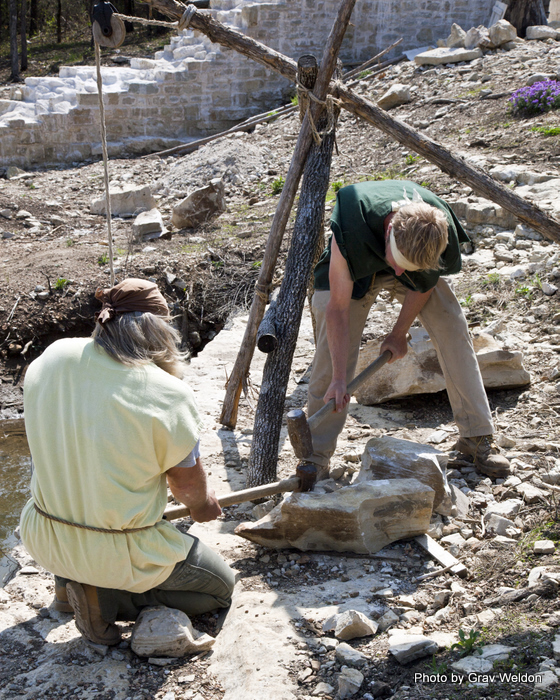
Arkansas State Tuberculosis Sanatoriumģ5.10199, -93.91003 Photo Credit: Nicolas Henderson – The Strategic Air Command was in charge of all of this.ģ. The majority of the Bombardment Wing, the 42nd Air Division, the 97th Air Refueling Squadron, the 97th Supply Squadron, the 97th Organizational Maintenance Squadron, the 820th Medical Group, and many others were all stationed at the facility. Local groups and legal entities, on the other hand, are always fighting to protect the basis. Swimming pools, tennis courts, a grocery store, a dental office, a nine-hole golf course, a theatre, various clubs, visitor centers, a gym, and on-base housing for military families were all available at Eaker Air Force BaseĬurrently, the base is primarily in a condition of deterioration. It once housed nearly 3,000 service members and an entire fleet of B52 “BUFF” Stratofortresses from the Strategic Air Command. Blytheville’s airport is currently located on the main tarmac. Two-thirds of the 3,778 acres that make up the base have been abandoned. Three miles northwest of Blytheville, Arkansas, lies this abandoned Air Force installation. Despite its status, it’s still one of the best legal abandoned places in Arkansas to explore. The National Park Service manages the remaining mines and buildings as part of the Buffalo National River.

The National Register of Historic Places now includes Rush. The last of the residents fled in the 1960s, leaving Rush to its ghosts and the pages of history. When the post office shuttered in the 1950s, the town clung on. Several of the processing mills were demolished for salvage during World War II.

By the 1890s, the mining boomtown had established itself, and a community of residences and businesses had sprung up near the Morning Star Mine, the area’s most notable mine. Zinc ore was discovered on Rush Creek in the 1880s, and people flocked to the area to make a claim along Rush Valley and Clabber Creek. The ghost town of Rush, a 1300-acre historic mining region that contains the houses, structures, streets, and mines of the Rush mining area, is one such hamlet worth visiting. Despite this, some of these locations were vibrant villages on heavily traveled highways in the 1800s. It’s difficult to believe that people could have lived in some of these regions when you go hiking in a remote area like this. The property abutting the Buffalo National River contains old log cabins, vestiges of rock wall foundations, and once-upon-a-time homesteads. Rush Ghost Townģ6.13256, -92.57106 Photo Credit: Granger Meador –

Check It Out Abandoned Places In Arkansas 1.


 0 kommentar(er)
0 kommentar(er)
